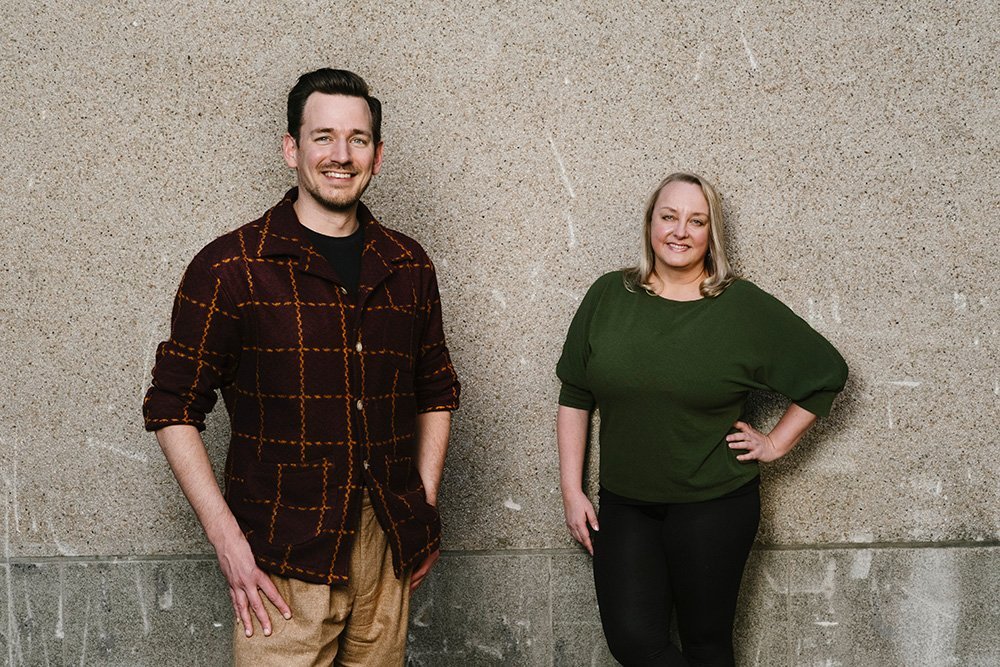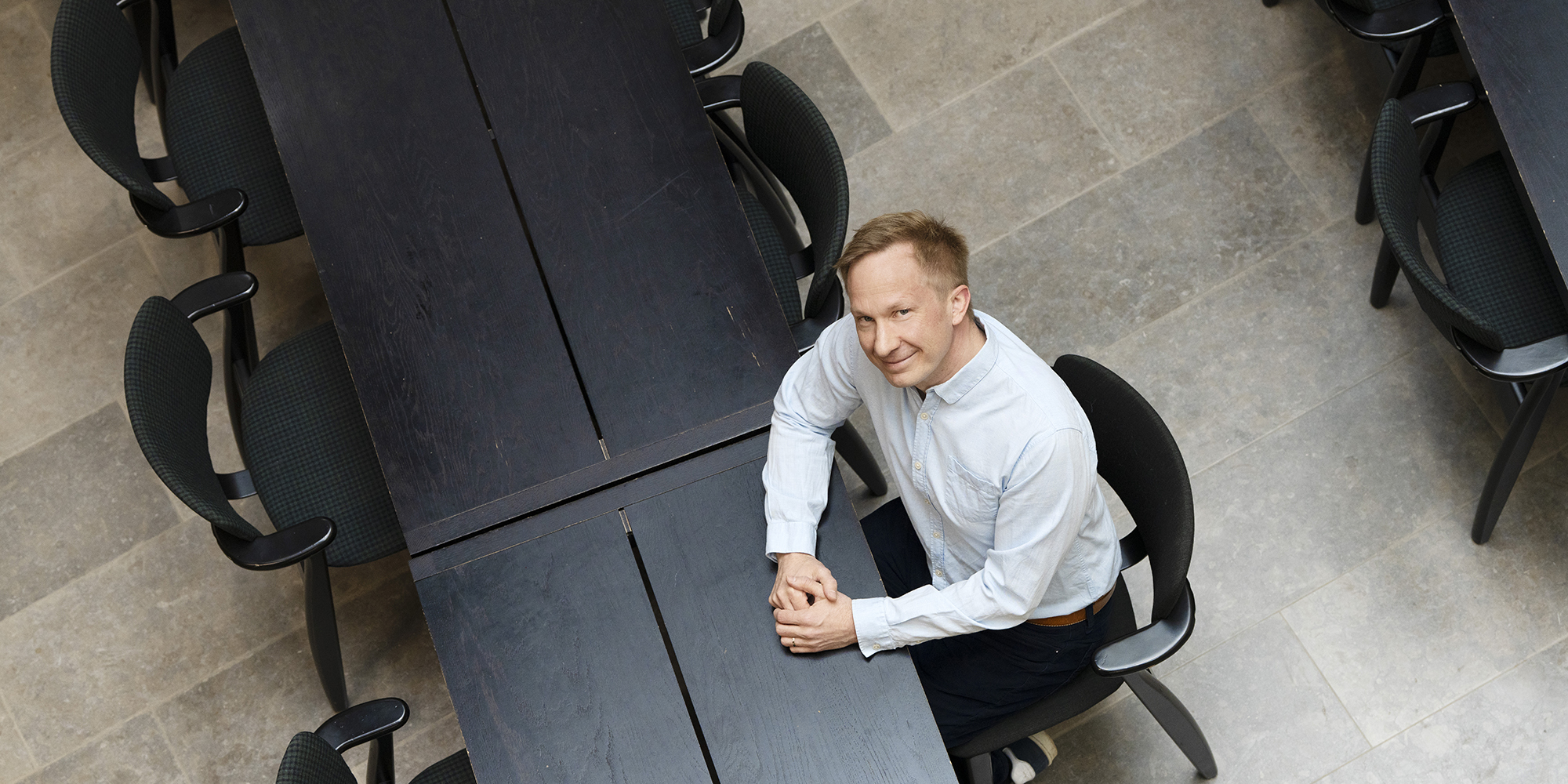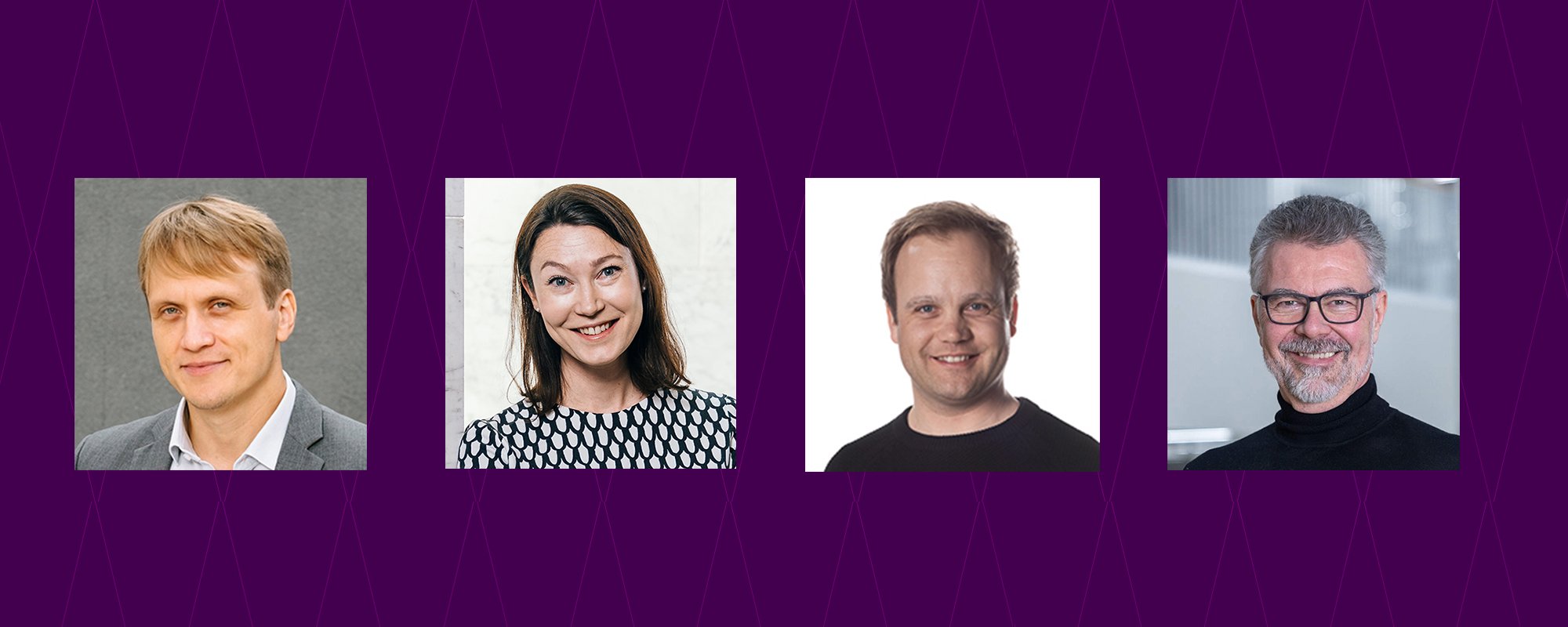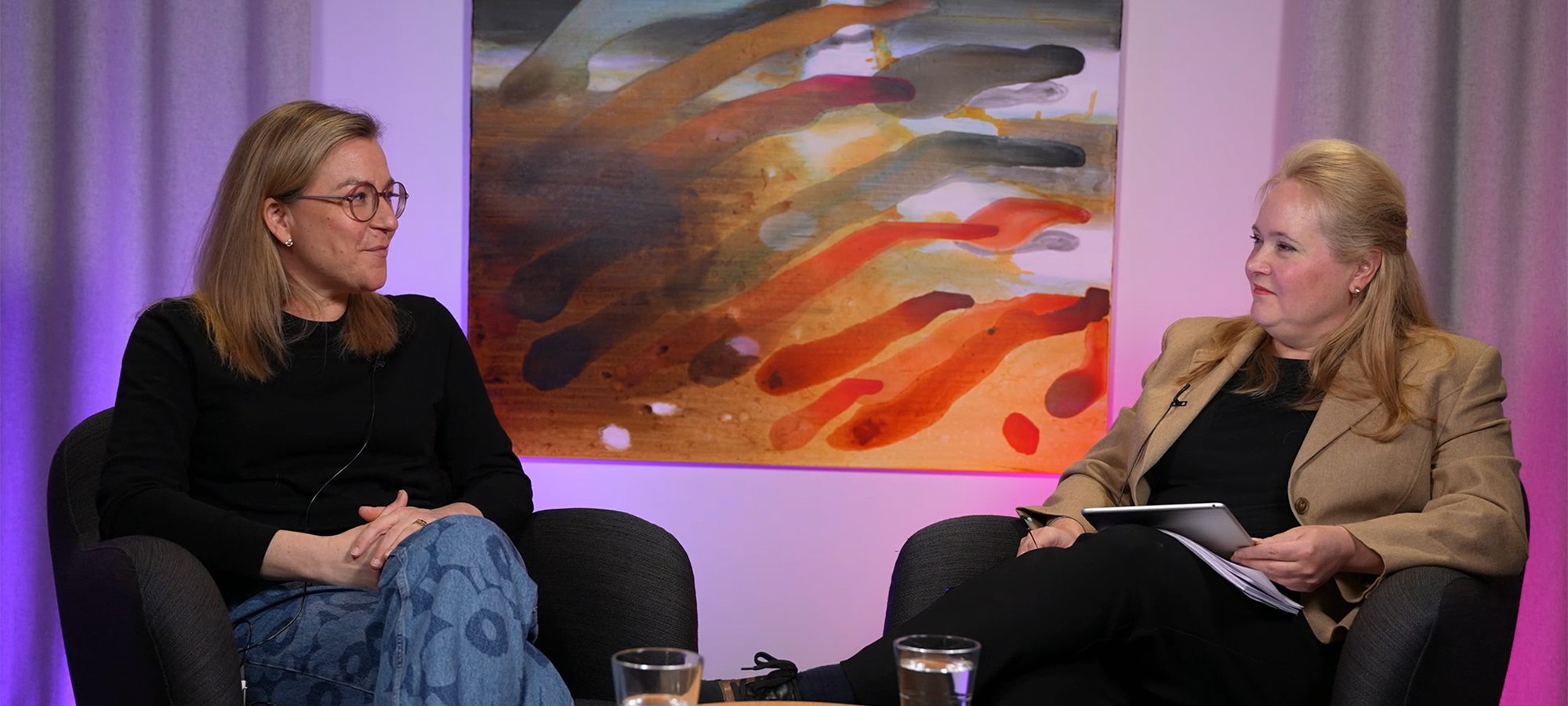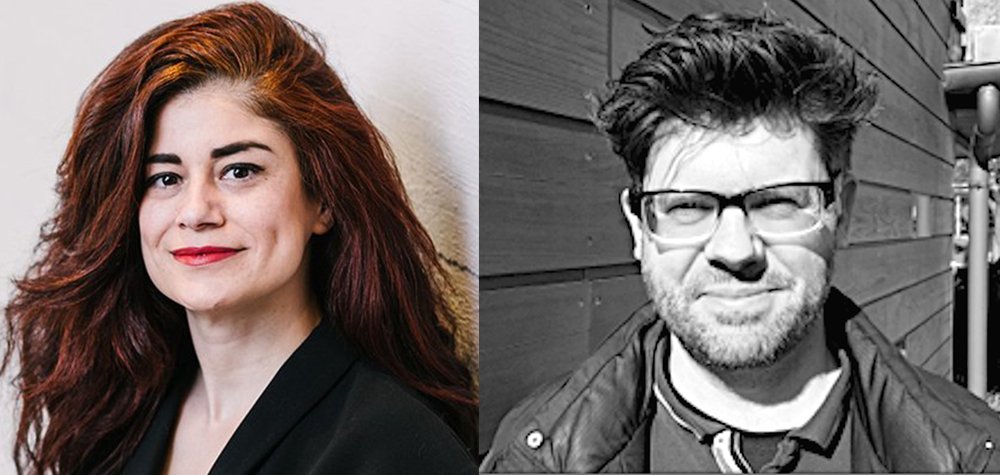Designers learn certain things over years of experience that at some point come as natural to them: for example, how to cope with multiple different ideas, how to look at them from multiple perspectives, how to leverage user insight.
Design thinking is a bunch of tools created in a way to get into a designer’s mindset quickly, says researcher Floris van der Marel from Aalto Design Factory, a multidisciplinary experimentation platform in Aalto University and over 30 institutions abroad.
“We make these approaches easily accessible also for those who are not designers," says van der Marel.
Besides Design Factory he belongs to the faculty of Aalto University Executive Education (Aalto EE) and teaches in programs related to design thinking. He has participated in various projects around the world and is particularly interested in power imbalances that often are present in design processes.
“I’m a bit hankered on diversity and inclusion initiatives that are getting more popular now.”
What makes design thinking so powerful is that its focus is initially mostly on the desirability aspect.
According to van der Marel, people focus is a very central aspect of the design thinking process that differentiates it from other methods.
“Whenever you develop something new, you consider if it is feasible, if it is viable and whether it is desirable from human perspective. In many conversations people concentrate on if the idea is really doable. What makes design thinking so powerful is that its focus is initially mostly on the desirability aspect.”
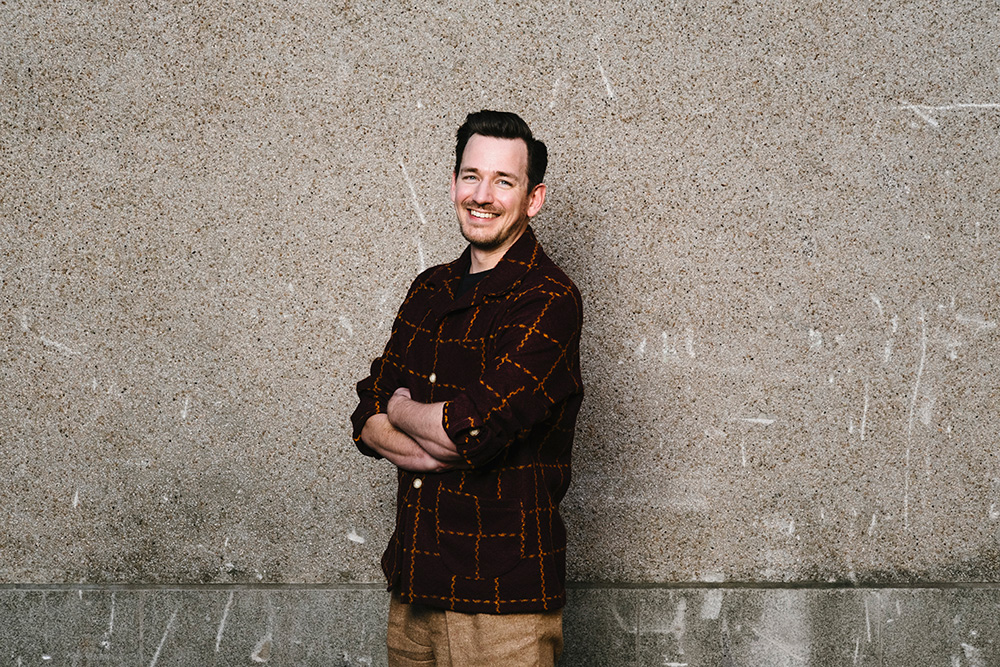 |
| Floris van der Marel teaches in several Aalto EE programs related to design thinking. According to him, people focus is a very central aspect of design thinking. Photo: Junnu Lusa |
Design thinking can be used not only to solve customers’ problems but also within the organization.
“Design thinking is a very applicable mindset for the whole organization that you can use in many situations – that’s what I like about it," says Senior Competence Manager Bella Sillman from Aalto EE.
These situations can be for instance attracting and recruiting the right people, achieving top performance, including people in decision-making, or encouraging innovation.
Redesigning HR and the way we work
The COVID-19 pandemic has escalated the great wave of resignation around the world: employees rethink their values and career expectations, and often decide to quit their jobs in the hope for something better.
“We’ve been through a couple of exceptional years and many organizations are currently reorganizing and redesigning the way they work”, says Sillman who herself has a long background from HR leadership positions.
“It appears that the HR functions, and the whole profession, are reidentifying themselves: what is their role and how can they enable their companies and their people to succeed? That’s the urgency behind why we want to offer these tools right now.”
It appears that the HR functions, and the whole profession, are reidentifying themselves: what is their role and how can they enable their companies and their people to succeed?
Employee experience is a very wide concept, Sillman explains.
Individuals can have quite different views about their career, employer and what motivates them to work. Design thinking can help to gather these insights of individuals, get them in the same boat and to ideate and co-create meaningful processes and practices together with their peers and managers.
When managed and facilitated well, this can feel empowering, inclusive, motivating, rewarding, and fun for people involved.
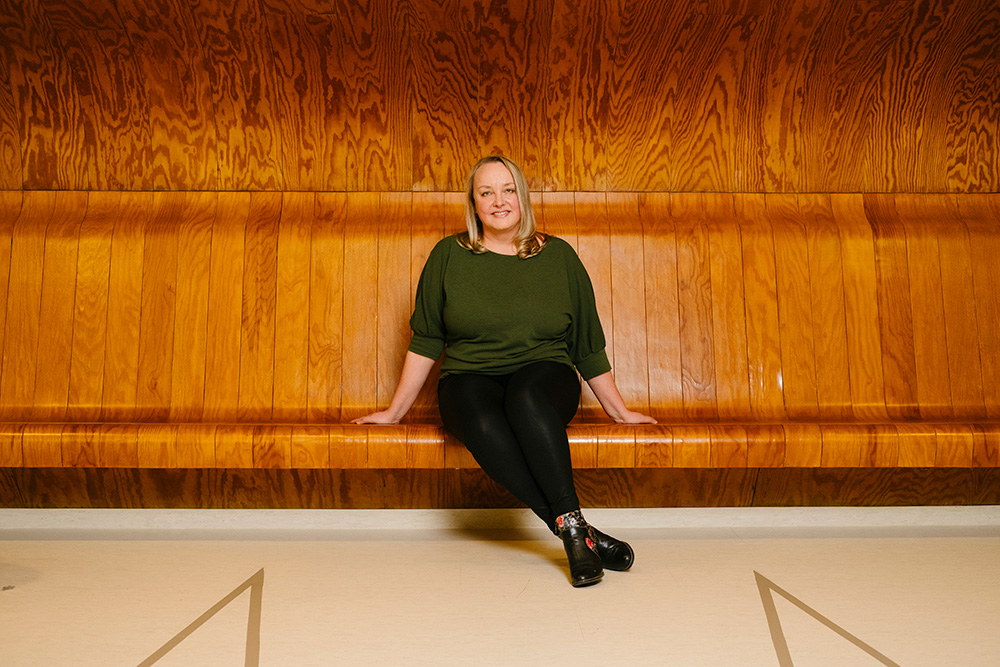 |
| Aalto EE's Senior Competence Manager Bella Sillman has extensive experience in HR positions. She notes that individuals can have quite different views about their career, employer, and work motivation. Design thinking can help to gather individuals' insights and get people in the same boat. Photo: Junnu Lusa |
It is very infectious as well, adds van der Marel. “You see the benefits very quickly when you work in a ’designerly’ way.”
Aalto EE has already tested with certain customer organizations how design thinking can be used to solve challenges related to employee experience.
One of the topics was managing performance and revising the yearly appraisal process: What worked well, what didn’t and how to improve the process? Another topic was recruiting, the journey seen through the eyes of applicants, the image and employer brand of the company.
“You can go through the whole employee life cycle here. Our customer had a really ambitious target, but you have to break it down to smaller steps," Sillman says.
Is the issue expressed the real issue to be solved?
Innovating with design thinking has a certain format and flow, but the process may vary according to situation. It always starts with understanding the context of the issue. There may already be a certain problem and solution in mind, in which case you start with digging deeper in the issue and exploring the initial assumptions further.
You see the benefits very quickly when you work in a ’designerly’ way.
“We first look at what are people really expressing as an issue. And is the issue expressed also the real issue to be solved, or is there something else going on? So rather than immediately jumping into the conclusion and solution, listen to the people, talk to the people, put yourself in the shoes of the people you are trying to serve," van der Marel says.
Or maybe you just have a general, like an organizational context. If so, then first thing can be identifying certain people and mapping out their journeys, what they experience as enjoyable or less enjoyable.
“What aspects make people want to stay or leave? If it is about staff retention, the things to focus on are about keeping people happy and satisfied. This could include offering meaningful work, opportunities for continuous learning, development, and progression, or something else.”
You shouldn’t try to capture everybody’s experience at once, van der Marel says. Instead, try to find the few people who might for some reason have a more troubling experience and really zoom in to their journeys.
“Take a good look at emotional aspects as well. In HR, many practices used have often been there for a long time. Once they may have served a purpose but when things have changed, now they may obstruct people from doing their work properly or cause unnecessary frustration, upset, and delays.”
Then there is benchmarking – looking at other organizations and situations from which one can get ideas.
In this phase of design thinking you must divert massively, find alternative ways to look at the problem. Possible questions by van der Marel are: If you were Barack Obama or Darth Vader, what would you do?
“First go crazy – it is about thinking out of the box, bringing in crazy, impossible ideas. It is very unlikely that an organization would implement too radical an idea. More probable is to play too safe.”
The next phase is framing or defining phase. Choosing a frame means deciding a certain angle to begin to tackle the problem. Van der Marel knows that when you first go very wide, you may feel you have too many options – it may feel overwhelming.
“In design thinking we also support the process of making sense of all the different insights, clustering them and then identifying a potential way forward.”
Spend more time in the problem space
Then comes the solution space, but not too early.
“Usually, organizations are fairly good at this, finding solutions. What we want to do is to have them spend more time in the problem space and keep exploring, not just jump into conclusions.”
In design thinking we also support the process of making sense of all the different insights, clustering them and then identifying a potential way forward.
Finally comes the converging phase, prototyping ideas, pitching them to one’s audience and getting feedback for further developing of the idea. The prototype can be physical or for example a storyboard.
“There’s a huge emphasis on people in prototyping and testing: testing with users or employees what they like or don’t like. This is supposed to be inclusive and people centric," van der Marel reminds.
The time span of this varies and may be short, a day or a week, or five months. This means that one can start exploring with small resources.
Design thinking mindset and tools can be applied and tested meaningfully in various contexts. The approach offers an inclusive and a fun way to innovate and engage with your people.
“This approach helps you to be comfortable with a mess of information and ideas, to trust that the process will guide you to something you can prototype. You don’t have to get it right at the first time.”
















